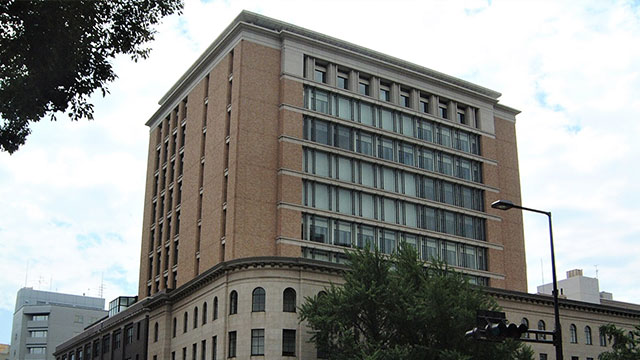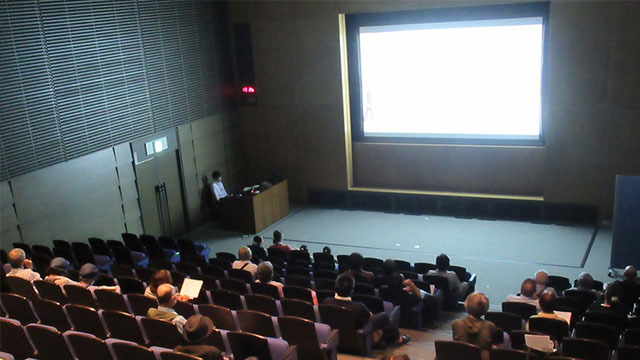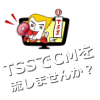The Untold Truth: American Victims of the Atomic Bomb
A Screening, Talk Session, and Student Press Conference
September 6, 2024 (Friday)
The Legacy of Hiroshima on TV: Screening by NHK and Commercial Broadcast Stations 2024 A Collaborative Project by NHK Hiroshima and Local Hiroshima Commercial Broadcast Stations
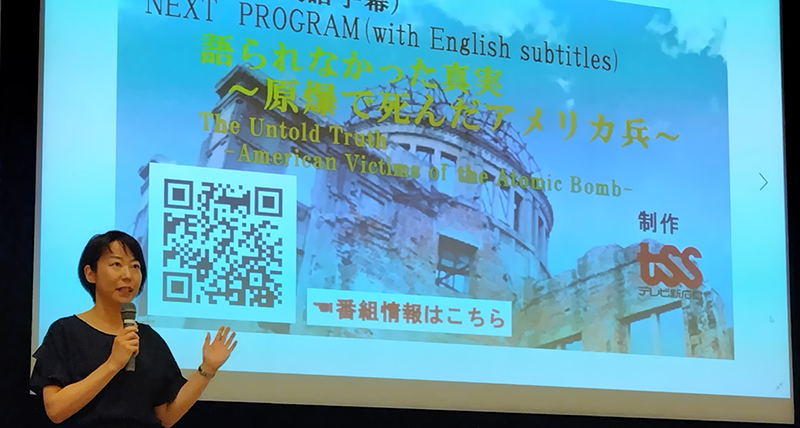
For five days from August 16-20, 2024, NHK Hiroshima and four local Hiroshima commercial broadcast stations (RCC Broadcasting, Hiroshima Television, Hiroshima Home Television, TSS-TV) held a collaborative screening event at the Hiroshima Peace Memorial Museum where 16 different television shows, each produced by the stations, on the topic of nuclear weapons and peace were screened. The screening marks its 8th year since the event began in 2015.
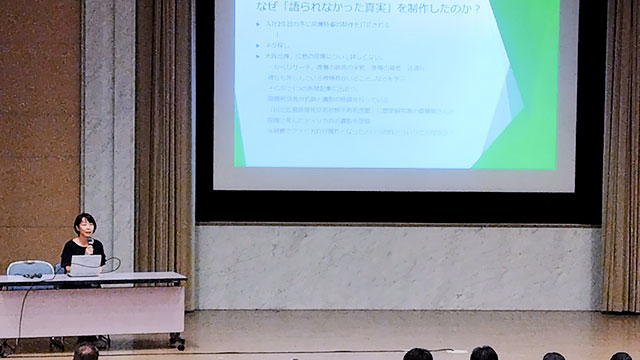
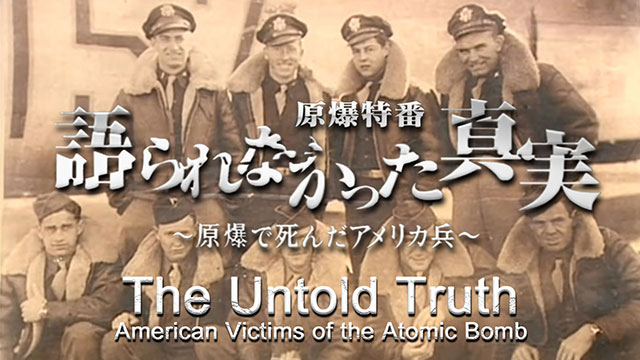
On August 18 and 19, news reporters from each of the commercial broadcast stations who created the shows participated as panelists for talk sessions during the screenings held at the Hiroshima venue. In addition, a student press conference was held for high school and university students. TSS-TV held a screening of The Untold Truth: American Victims of the Atomic Bomb (English version; broadcast in 2004) which is available online through the TSS Archive Project.
After the screening, Noriko Wakaki spoke about the interviews she conducted with family members of the American soldiers who experienced the atomic bombing in Hiroshima, President Barack Obama during his visit to Hiroshima, as well as interviews during the G7 Hiroshima Summit. Ms. Wakaki is a member of the press department at TSS with experience at the FNN New York branch office, as well as a former newscaster.
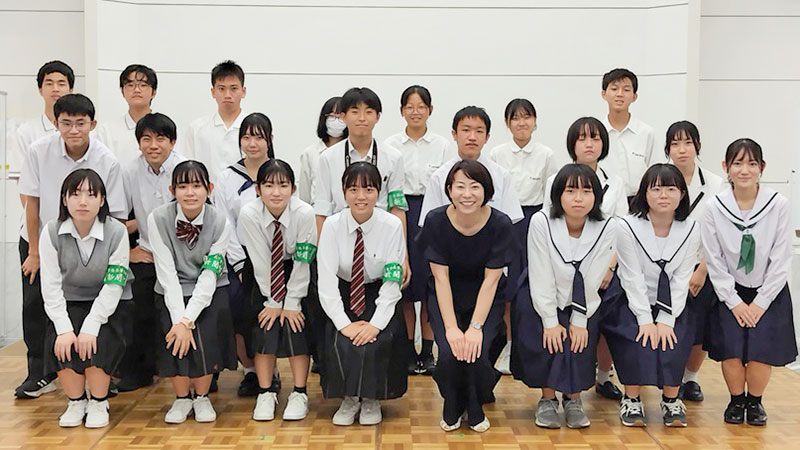
After the talk session, the student press conference was held. A new addition that began this year, the student press conference saw participation from high school and university students across Hiroshima Prefecture, many of whom are members of their school press, school broadcasting clubs, and student council, as well as involved in peace research and more (27 participants, including school staff members, from 8 schools).
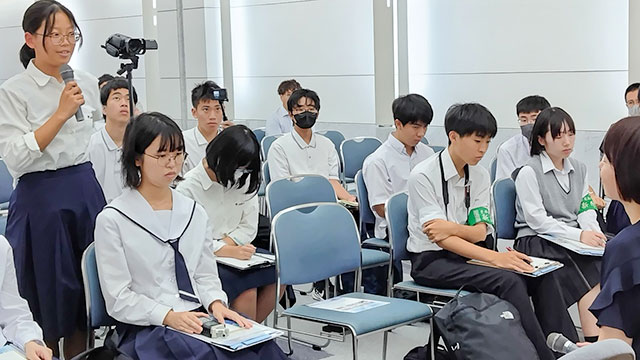
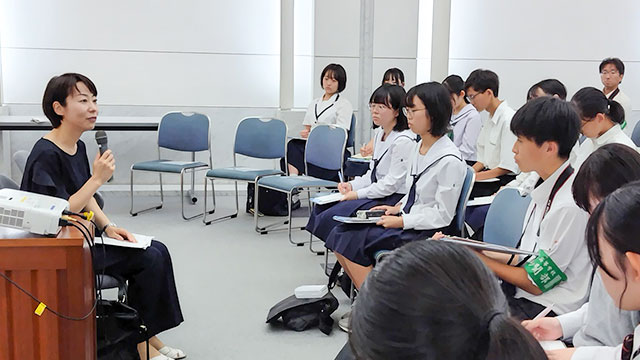
Participants were actively engaged in the session, asking genuine questions about making TV shows, such as how the theme of each show was developed, and what kind of scene a video about peace should end on. Despite time constraints, it proved to be extremely fruitful: seeing the younger generation give serious thought to what they can do right now filled the venue with hope for the future.
This year, the same screening was also held over the course of three days at the Broadcast Programming Center of Japan (Naka Ward, Yokohama City) beginning on August 16. Designated by the Broadcast Law, the Center was established as the only broadcast programming archive facility in Japan and provides public access to a library of approximately 40,000 programs, including television, radio, commercials, and more. The Center is also home to interactive permanent exhibits and holds various events related to broadcasting.
This was the first time that the Legacy of Hiroshima on TV was held outside of Hiroshima Prefecture and it was a huge success. Visitors to the Yokohama venue had the following to say:
“This was a valuable opportunity for me to see peace-related programming from Hiroshima.”
“I didn’t know very much about the atomic bombings, but I was able to learn so much from the testimonies.”
“I want everyone to see these shows. I hope you’ll hold this event every year during the same period.”
